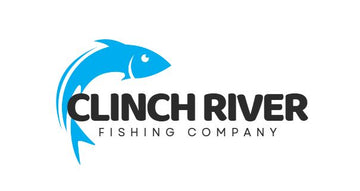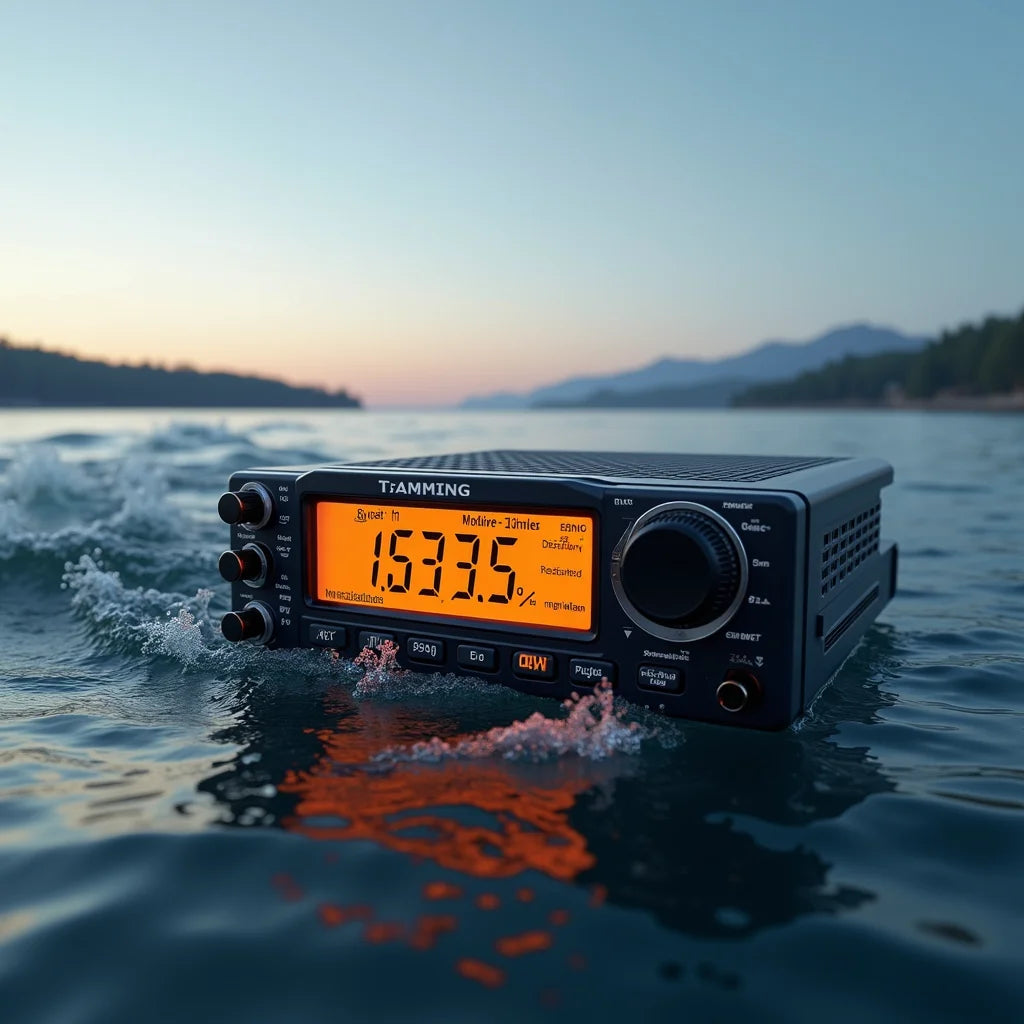Updated on: 2025-10-23
Table of Contents
- Common mistakes to avoid with a marine radio
- Pros and cons of handheld vs. fixed-mount VHF marine radio
- Quick tips for clearer, safer boat radio use
- Wrap-up and key insights on marine radio
- What marine VHF channels should I use for hailing and distress?
- How far can a marine radio transmit and what affects its range?
- Do I need DSC, GPS, and AIS on a boat radio?
A marine radio is one of the most important safety tools on any boat. Whether you use a compact handheld VHF marine radio or a powerful fixed-mount boat radio, clear communication helps you coordinate with nearby vessels, marinas, and the Coast Guard. In this guide, you will learn the essentials of marine VHF channels, the Coast Guard radio frequency for distress and safety, and how to improve your range and clarity. You will also find gentle guidance on choosing features like DSC, GPS, and AIS so your setup fits your boating style.
Common mistakes to avoid with a marine radio
Small habits can make a big difference in how well your VHF set performs. These are common missteps you can avoid with a little care.
- Using the wrong channel for routine chat. Channel 16 is for distress, safety, and calling. After making contact, switch to a working channel such as 68, 69, 71, 72, or 78A for non-commercial conversation. Many areas also use Channel 9 as an alternate hailing channel for recreational boats.
- Forgetting to listen before you talk. Keying up over another transmission (doubling) makes messages unreadable. Listen a few seconds to ensure the channel is clear.
- Skipping the MMSI registration and DSC setup. If your marine radio supports DSC, registering your MMSI and connecting GPS enables one-button distress with accurate position. Skipping this step reduces the value of your safety equipment.
- Poor antenna placement or cable quality. For fixed sets, low antennas and worn coax limit range. Higher placement and quality coax with proper connectors help your signal travel farther and clearer.
- Clipping a handheld below deck. Your body and cabin structure can shield the antenna. Keep handhelds high and with a clear view to the horizon when you transmit.
- Mic gain and squelch set incorrectly. Excess mic gain distorts audio; squelch set too high mutes weak but important traffic. A brief test and fine-tune improve clarity.
- Using high power when low power is kinder. On busy channels, 1-watt low power reduces congestion for close-range calls. Switch to 25 watts only when needed.
- Not monitoring Channel 16. Keeping an ear on 16 allows you to hear safety calls, weather notices, and urgent traffic. If your radio has dual- or tri-watch, enable it.
- Assuming waterproof means submersible forever. IP ratings vary. Rinse salt, check seals, and use lanyards and mounts to protect your gear.
Pros and cons of handheld vs. fixed-mount VHF marine radio
Choosing between a handheld and a fixed-mount marine radio depends on your boat, crew, and typical trips. Many boaters carry both for redundancy.
Handheld VHF units (including the best handheld marine radio with DSC)
-
Pros:
- Portable and convenient; great for tenders, kayaks, and small craft.
- Battery-powered, works even if the boat loses electrical power.
- Modern models may include DSC, GPS, and float-and-flash safety features.
- Simple to share among crew or stow in a ditch bag.
-
Cons:
- Lower transmit power (often 5–6 watts) reduces range compared to fixed sets.
- Short antennas and body shielding further limit performance.
- Battery management required; spares or charging plans are helpful.
Fixed-mount sets (for example, a fixed-mount marine VHF radio with GPS and AIS)
-
Pros:
- Higher transmit power (up to 25 watts) and a tall, external antenna improve range.
- Clearer audio with larger speakers and noise reduction.
- Reliable power from the boat’s electrical system.
- Advanced options: integrated GPS, AIS receive, and full-featured DSC calling.
-
Cons:
- Installation takes time and careful routing of power and coax cables.
- Not portable; if power fails without backup, communications can stop.
- Higher upfront cost compared to basic handhelds.
DSC, GPS, and AIS considerations
- DSC (Digital Selective Calling): Allows direct, targeted calling using MMSI numbers and one-button distress with your boat’s identity. When linked to GPS, DSC transmits your position during distress calls.
- GPS integration: Ensures position is embedded in DSC calls and may show coordinates on the radio display.
- AIS receive: Lets you see AIS-equipped vessels around you on compatible displays. This helps with collision awareness and calling the correct target by name.
Who benefits from each setup?
- Small craft and tenders: A waterproof handheld with DSC offers a compact safety net.
- Day cruisers and anglers: A fixed-mount set for dependable range, plus a handheld backup, is a kind combination.
- Offshore and night boating: Fixed-mount with GPS and AIS receive provides strong situational awareness, with a charged handheld as redundancy.
Quick tips for clearer, safer boat radio use
- Keep your language short and polite. State the vessel name twice, your location, and your request.
- For hailing, call on Channel 16, then switch to a working channel like 68, 69, 71, 72, or 78A.
- Use Channel 13 for bridge-to-bridge safety communications and passing arrangements.
- Monitor Channel 16 and, when instructed, Channel 22A for Coast Guard information.
- Enable dual- or tri-watch to keep an ear on 16 while using a working channel.
- Mount fixed antennas as high as practical and inspect coax, connectors, and mounts each season.
- Set squelch just past the noise threshold; test mic gain by making a brief call and asking for a clarity check.
- Carry spare fuses and a battery plan. For handhelds, bring a charged spare or USB charging cable.
- Register your MMSI and verify GPS input so DSC distress includes position.
- Practice the “Mayday” format off-season so you feel calm and prepared.
Wrap-up and key insights on marine radio
Clear communication and thoughtful setup turn a marine radio into a dependable partner on the water. A handheld unit is flexible and simple, while a fixed-mount rig with an elevated antenna gives stronger range and audio. DSC, GPS, and AIS add layers of safety and awareness that are reassuring when conditions change. With the right marine VHF channels, polite calling, and a few quick checks, you help keep your crew and nearby vessels informed and safe.
If you would like to explore boating resources and trip ideas, you are welcome to visit the Clinch River Fishing USA home page, read the latest updates on the Blog, learn more on the About us page, or get in touch via Contact.
What marine VHF channels should I use for hailing and distress?
For distress, safety, and hailing, use Channel 16. Make initial contact there, then move to a working channel such as 68, 69, 71, 72, or 78A for the conversation. In many areas, recreational vessels may also use Channel 9 for hailing to relieve congestion on 16. For safety information from authorities, the Coast Guard radio frequency for follow-up advisories is Channel 22A; you will be directed there from 16 when needed. Keep calls short and clear to keep these channels available for others.
How far can a marine radio transmit and what affects its range?
Line of sight and antenna height are the main factors. A handheld marine radio may reach a few miles to another small boat, while a fixed-mount set with a tall antenna can often reach much farther, especially to high shore stations. Weather, terrain, vessel structures, and cable quality also matter. Clean connections, good coax, proper crimping, and mounting the antenna as high and clear as practical improve performance. Using low power for close calls reduces congestion; switch to high power when distance requires it.
Do I need DSC, GPS, and AIS on a boat radio?
They are not mandatory for every boater, yet they are very helpful. DSC enables direct calls by MMSI and a one-button distress that sends your identity. When paired with GPS, the distress also includes your position, which can be vital. AIS receive helps you identify vessels around you and call the correct target by name, reducing confusion. If you make frequent coastal trips, a fixed-mount marine VHF radio with GPS and AIS offers strong benefits. For small craft or occasional outings, the best handheld marine radio with DSC and GPS provides meaningful safety in a compact package.

Owner and CEO of Clinch River FIshing USA. A marine electroncs, fishing and outdoor store.

